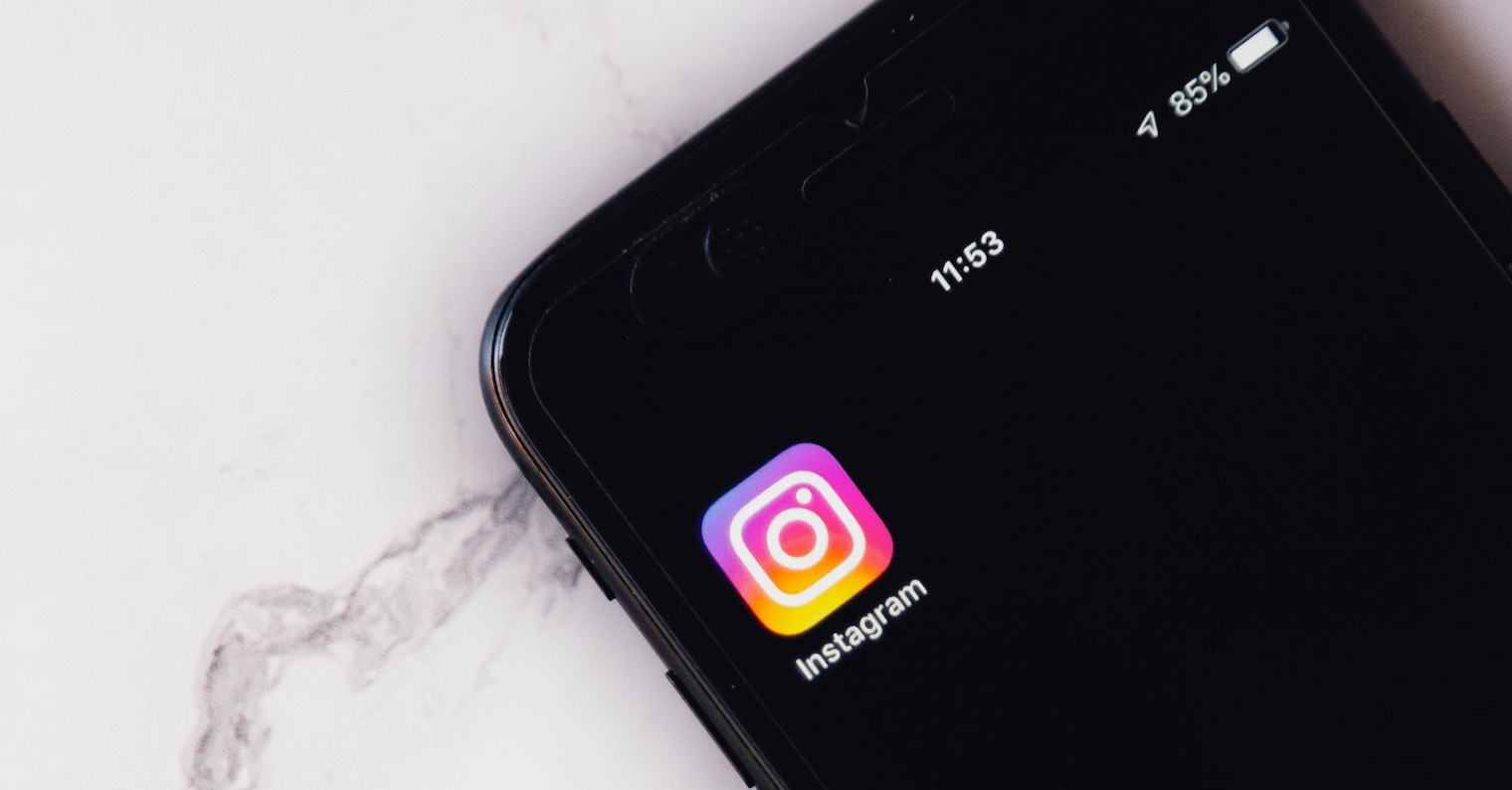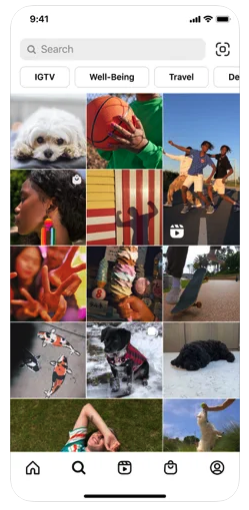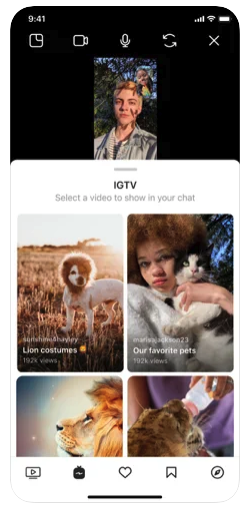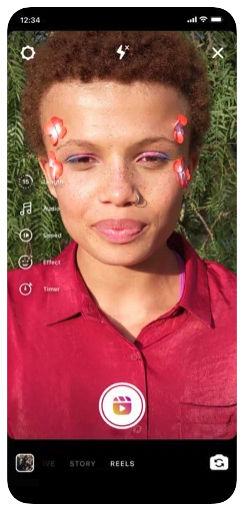A little light was finally shed on what none of us understood and often cursed about. The head of Instagram, Adam Mosseri, is on network blog published how his algorithm works. In fact, Instagram revealed here that we are responsible for everything ourselves, with just a little help from it. It all depends on who we follow on the network and what content we consume on it.
How does Instagram decide what will be shown to me first? How does Instagram decide what to offer me in the Explore tab? Why do some of my posts get more views than others? These are the most common questions that puzzle network users. Mosseri states that the main misconception is that we think of one algorithm that determines content on the network, but there are many of them, each with a specific purpose and taking care of other things.
“Each part of the app – Home, Explore, Reels – uses its own algorithm tailored to how people use it. They tend to look for their closest friends in Stories, but want to discover something completely new in Explore. We rank things differently in different parts of the app based on how people use them.” reports Mosseri.
It could be interest you

What's your signal?
Everything revolves around so-called signals. These are based on information about who posted what post and what it was about, which is combined with user preferences. These signals are then ranked according to the following importance.
- Post information: These are signals about how popular a post is, i.e. how many likes it has, but it also combines information about content, time of publication, assigned position, length of text, and if it is a video or photo.
- Information about the person who posted the post: This helps to get an idea of how interesting the person might be to you. It includes signals in the form of how many times people have interacted with this person over the past few weeks.
- Your activity: This helps you understand what you might be interested in and includes signals of how many similar posts you've already liked.
- Your interaction history with someone: Gives an idea of how interested you are in viewing posts from a particular person in general. An example is whether you comment on each other's posts, etc.
It could be interest you

But that's not all
Mosseri also states that, in general, Instagram tries to avoid displaying too many posts from the same person in a row. Another point of interest are Stories that have been reshared by someone. Until recently, Instagram valued them somewhat less because it thought that users were more interested in seeing more original content. But in global situations, such as sporting events or civil unrest, users expect their stories to reach more people, so the situation is being reassessed here as well.
It could be interest you

Then if you want to teach Instagram better behavior when submitting content, it is recommended that you select your close friends, mute users you are not interested in, and do the same for featured posts. After some time, you will have content in the application tailored exactly to your needs.





 Adam Kos
Adam Kos